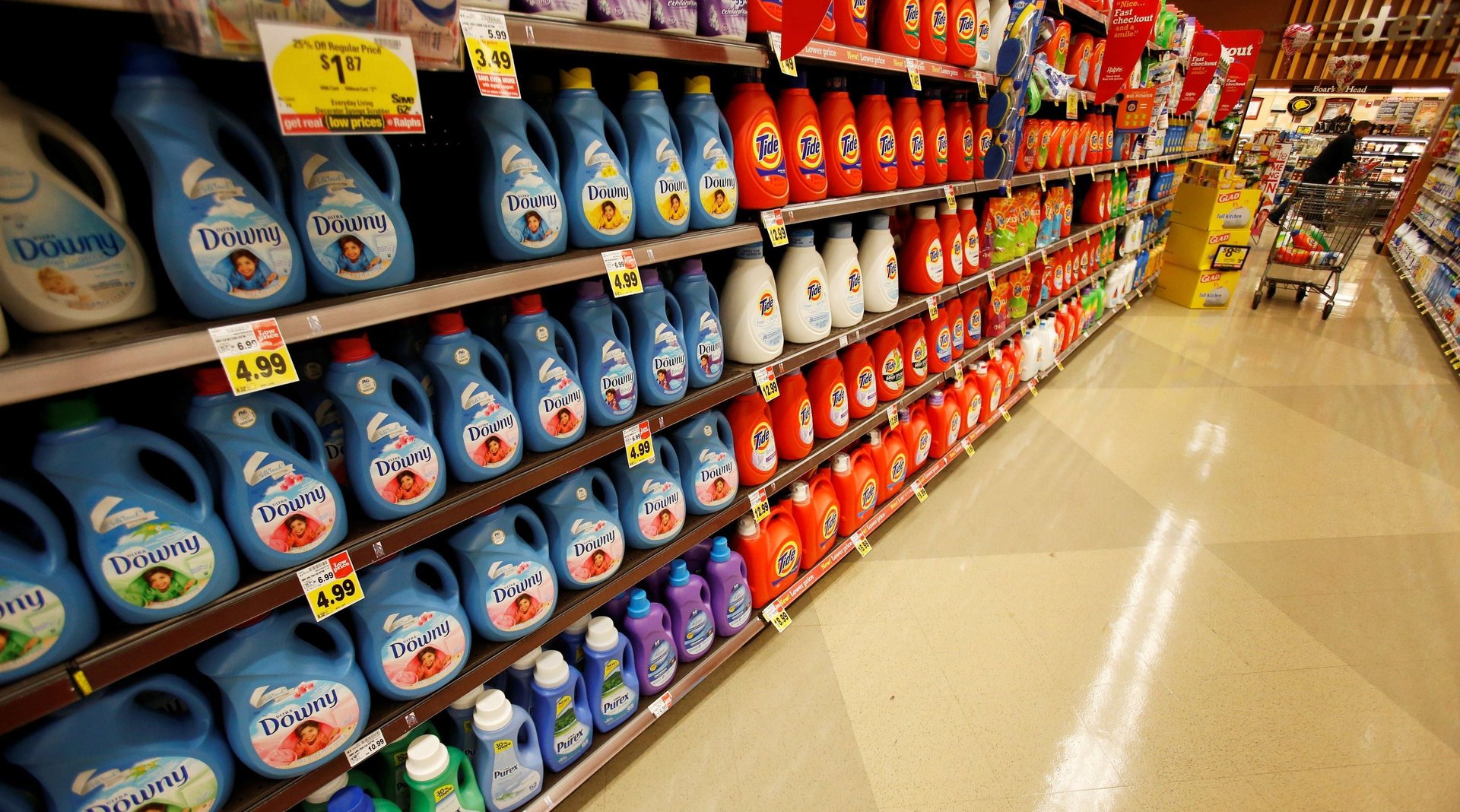Who still thinks inflation is transitory?
Is inflation transitory? Executives are talking about it more than ever, but there’s little agreement on whether the spike in price increases will be sticky or fleeting.


Is inflation transitory? Executives are talking about it more than ever, but there’s little agreement on whether the spike in price increases will be sticky or fleeting.
The word “transitory” has been mentioned more than 200 times in November, according to transcripts of earnings calls, conferences, and shareholder meetings compiled by Sentieo, a financial data platform. That’s already a monthly record, even though November is only half over. Discussions about price increases between executives and analysts have reached a fever pitch as US inflation rose in October at the fastest pace in 30 years.
Whether the price spike will fade away depends on whom you ask. “Inflation does not appear to be transitory,” Sotherly Hotels CEO David Folsom said on Nov. 12. Black & Decker CFO Donald Allan said he expects some price increases have already stabilized in the past two months. “It kind of feels like it might have peaked at this point,” the tool-maker executive said on Nov. 10.
Is inflation transitory or structural?
Whether inflation is transitory is a question that has bedeviled officials at the US Federal Reserve, who probably wish they had never used the T-word. Prices are soaring around the world as demand, after stalling in 2020 during the pandemic, roars back with a vengeance.
The deluge in orders for everything from microchips to washing machines caught some manufacturers off guard, depleting their inventories. Ports have struggled to process the sheer amount of goods passing through them, adding to the supply-chain bottlenecks that policy makers see as a major contributor to the jump in inflation. Monetary policy to keep interest rates low and federal spending to boost the economy are seen as adding extra zing to price increases.
The president of investing giant Blackstone is among those who thinks price increases will be sticky, perhaps in part because of structural changes: Investment in fossil fuels has declined even as energy demand snaps back. Home building still lags behind the days before the last financial crisis. Many people have taken early retirement, immigration is down, and still others are avoiding the employment market even as job openings skyrocket, he said. “Some of that is transitory but I think some of it’s going to stick, and I think we have to get used to a world with higher inflation,” Blackstone exec Jonathan Gray said on Nov. 10 at a conference.
Goodyear Tire & Rubber said its North American factories have been harder hit by staffing shortages than those in other parts of the globe. CFO Darren Wells said there have been more retirements in the US than in other places, resulting in more non-productive workers as they train new employees. “This has resulted in significantly higher costs near term relative to the number of tires being produced,” he said on Nov. 5. “While we expect these additional costs to be transitory, they’ll be with us through at least Q1 of next year.”
The CEO of Scotts Miracle-Gro said many US senators in Washington asked him recently if the jump in prices would be fleeting. “I’ve said, no, and I think it’s accelerating,” James Hagedorn, chairman of the lawn- and garden-product company, said on Nov. 3. “But again, I don’t think anybody knows. I think everyone should be concerned.”
Indeed, humility may be the best response when analysts ask someone to forecast the future. Fed chair Jerome Powell admitted earlier this month that the central bank’s expectations for the labor market missed the mark, as school re-openings and the expiration of emergency unemployment benefits hardly dented the US labor shortage. Even so, the Fed still expects inflation to cool off in the second half of 2022.
Carrols Restaurant Group CEO Daniel Accordino said his company, which operates Burger King and Popeyes restaurants, is still struggling to ascertain which labor costs and commodity prices will go back to normal.
“We don’t have these answers, but we do know that the inflationary cost pressures we experienced during the third quarter were not expected to the degree that they impacted our industry,” he said on said on Nov. 10. “The economic conditions stemming from the pandemic and its effect on the labor force, supply chain, and consumer habits continue to be challenging to navigate and difficult to predict.”